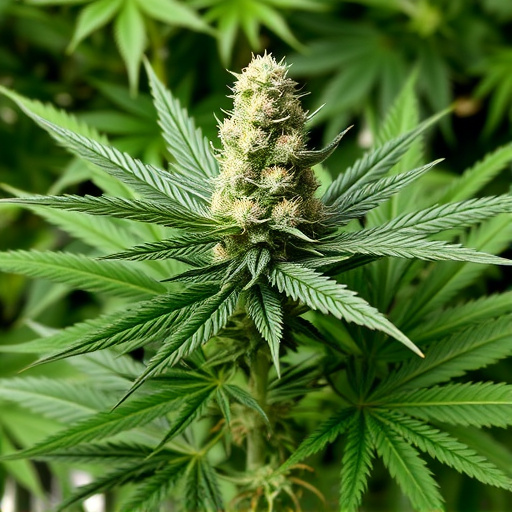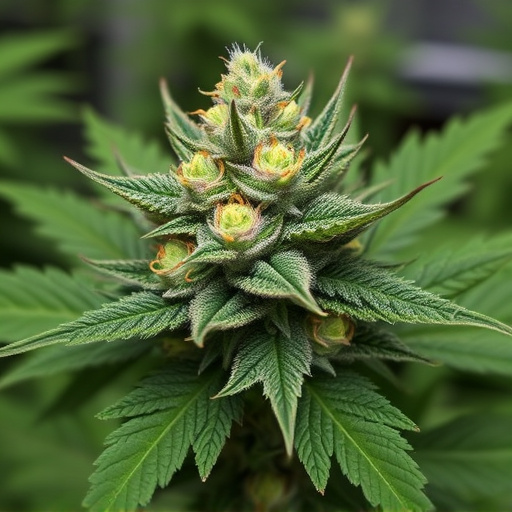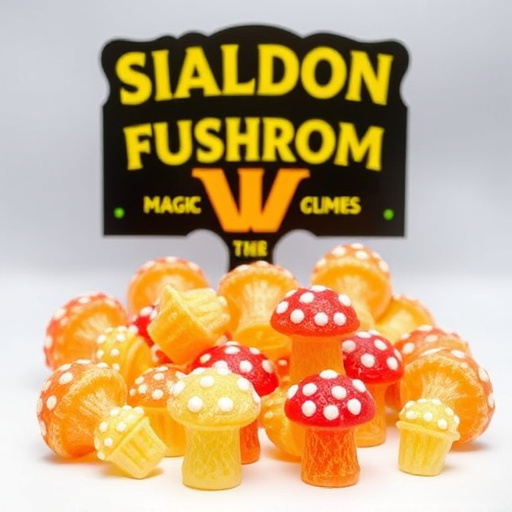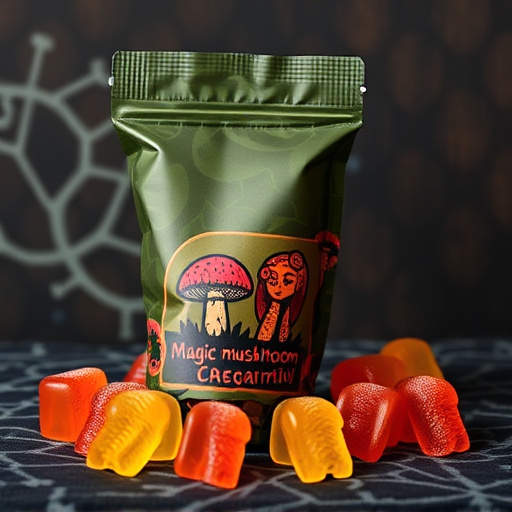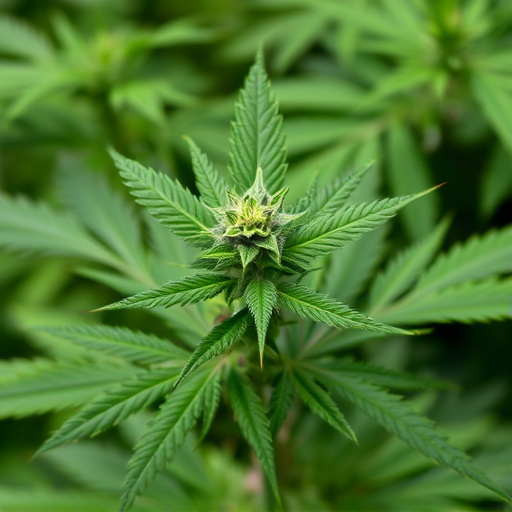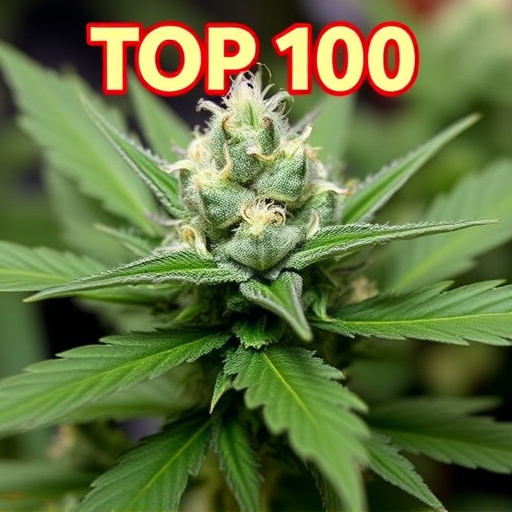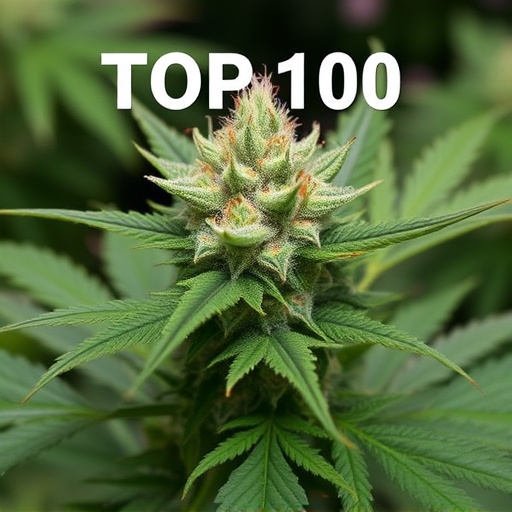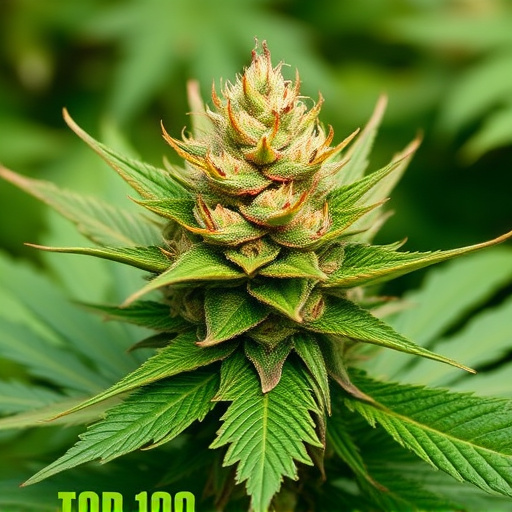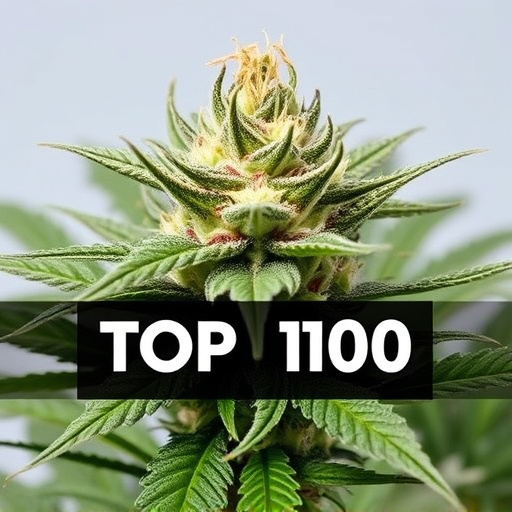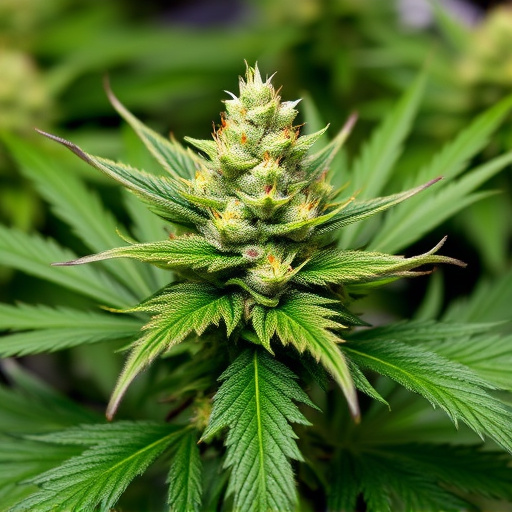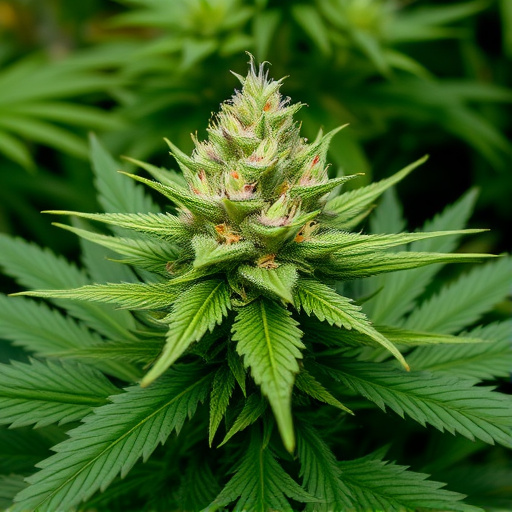Cannabis enthusiasts rely on herb grinders to optimally prepare the top 100 cannabis strains, enhancing flavor and effects by increasing trichome surface area. These devices offer various benefits, from consistent texture for extraction control to catering to diverse strain characteristics and consumption methods. Whether for medical or recreational use, grinders unlock the full potential of these unique strains, providing users with a rich and personalized experience.
Should you use a grinder for weed? This comprehensive guide explores the world of cannabis preparation, delving into the role grinders play in unlocking the full potential of your favorite strains from the top 100 cannabis strains globally renowned for their diverse properties. We’ll dissect grinders versus alternative methods, weighing pros and cons to help you make an informed choice tailored to your preferences.
- Understanding Grinders and Their Role in Cannabis Preparation
- The Top 100 Cannabis Strains and Their Unique Properties
- Grinder vs. Other Methods: Pros and Cons for Different Cannabis Preferences
Understanding Grinders and Their Role in Cannabis Preparation
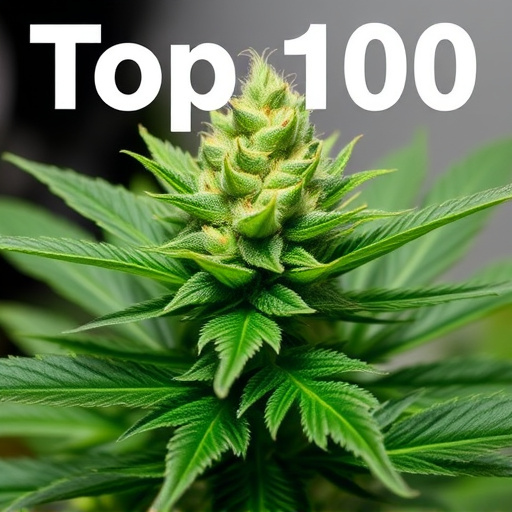
Grinders, also known as herb grinders or weed grinders, are essential tools in the world of cannabis preparation. They serve a crucial role in transforming whole cannabis flowers into fine, uniform buds or kief, enhancing the overall smoking experience. These devices come in various shapes and sizes, from manual to electric models, each designed to grind cannabis efficiently. Understanding how grinders work is key to optimizing your cannabis consumption routine, especially when considering the diverse effects and flavors offered by the top 100 cannabis strains.
By grinding cannabis, you expose more surface area of the plant’s trichomes, which contain cannabinoids and terpenes responsible for the strain’s unique characteristics. This process not only improves the taste and aroma but also enhances the effectiveness of your cannabis experience. Whether you’re a medical patient or a recreational user, grinders are valuable additions to your cannabis toolkit, allowing you to fully appreciate the diverse profiles of different strains in the top 100 rankings.
The Top 100 Cannabis Strains and Their Unique Properties
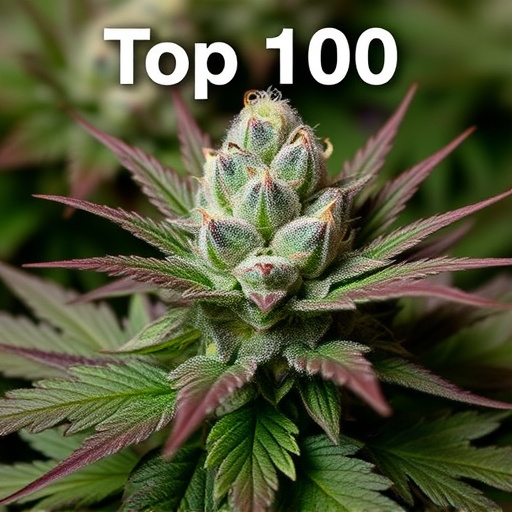
The world of cannabis is a diverse landscape, with each strain boasting unique properties that cater to various user preferences and medical needs. When considering whether to use a grinder for weed, it’s helpful to understand the vast array of options available in the top 100 cannabis strains. These strains have been cultivated and bred over decades, resulting in an incredible variety of effects, flavors, and potential therapeutic benefits.
From invigorating Sativas that enhance creativity and energy to relaxing Indicas known for their calming and sedative properties, each strain offers a distinct experience. The top 100 also includes hybrid strains that blend these two categories, providing a balance between mental stimulation and physical relaxation. Whether you’re looking for relief from anxiety, pain, or sleep disorders, there’s likely a cannabis strain tailored to your specific needs. Exploring these top 100 strains can help guide your decision on grinding methods, ensuring you choose the best approach to unlock each plant’s unique benefits.
Grinder vs. Other Methods: Pros and Cons for Different Cannabis Preferences
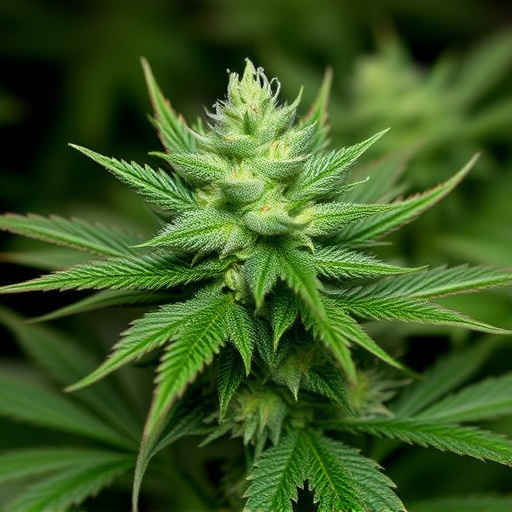
When it comes to preparing cannabis for consumption, grinding is a popular method that offers several advantages over other techniques. However, the choice between using a grinder or alternative preparation methods depends on individual preferences and desired outcomes. Here’s a breakdown of pros and cons to help you decide:
For many cannabis enthusiasts, grinders are a game-changer. They ensure consistent, uniform grinding, which is crucial for optimal extraction during vaping or smoking. This method is especially beneficial when dealing with the top 100 cannabis strains known for their diverse terpene profiles and potent effects. Grinders allow you to control the grind size, catering to various consumption methods like joints, blunts, or vaporizers. Moreover, they make it easier to measure precise doses, ensuring a more consistent and controlled experience. However, some users prefer other methods for specific reasons. For instance, some may opt for cutting and breaking cannabis flowers with their fingers or using a sifter for a more tactile approach, allowing them to inspect the final product. Alternatively, those who prefer longer-lasting effects might choose decarboxylation methods, such as heating or soaking, to activate the cannabinoids without grinding.
In conclusion, while grinders are an essential tool for efficient cannabis preparation, choosing the right one depends on your preferred method and desired consistency. For those looking to explore the vast world of cannabis, understanding the unique properties of the top 100 cannabis strains can guide your selection. Additionally, comparing grinders with other preparation methods allows you to make an informed decision based on your taste preferences and desired outcomes.
